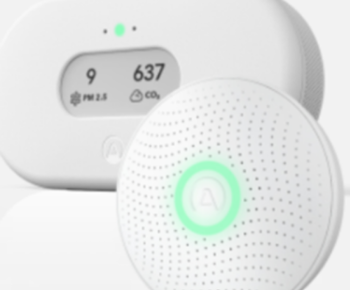Healthy air for healthy lungs
Friday, 11 April 2025

96% of households have at least one type of indoor air quality issue, such as excessive dust or moisture, tobacco smoke, high humidity, emissions from cleaning products, plug-in room fragrances, candle burning and building materials. Colder months present an additional challenge as families balance letting fresh air into their homes whilst also keep their home warm.
Deprived areas often experience the worst impacts of air pollution, with children more at risk of developing air quality health issues due to their faster breathing rate and developing lungs.
The ‘Healthy Air for Healthy Lungs’ programme – one of the first of its kind in the UK – focuses on households with children aged between 2 and 10 years old, with breathing conditions, or who have been prescribed at least three inhalers in the last 12 months.
What you will receive if you sign up to the project:
- An initial home air quality assessment
- Installation of an indoor air quality monitor which can measure temperature, damp, carbon dioxide, and dangerous chemicals that can be found in things like paint. The monitor is a simple plug-in device that is managed through an app on your phone.
- Advice and support on how to improve your air quality
- Signposting to other services that can help
- Regular check-ins over a minimum of six months, including further interventions such as air purifiers.
- A £50 Love to Shop voucher for taking part
Debbie Watson, Warrington Borough Council’s Director of Public Health, said:
“This project is making a real difference to families who need it most and is a great opportunity for Warrington residents to improve air quality in their homes.
“If your child has respiratory issues, I urge you to apply to take part in this project and receive your free air quality monitor, which will bring real benefits for your child’s health.”
If you would like to participate in this programme, you can register your interest on the St Helens Wellbeing website.
Everyone can benefit from making cleaner air decisions in the home by:
- Using fragrance-free, milder cleaning products and avoiding plug-in fragrances.
- Choosing safer paints and varnishes labelled ‘low VOC’ (volatile organic compounds) when decorating.
- Making your home smoke and vape free.
- Reducing home burning as much as possible (e.g. log burners, coal fires or candles).
- Ventilating your home - Open windows and use extractor fans when cooking or using cleaning products.
- Closing windows during rush hour if you live on/near busy roads.